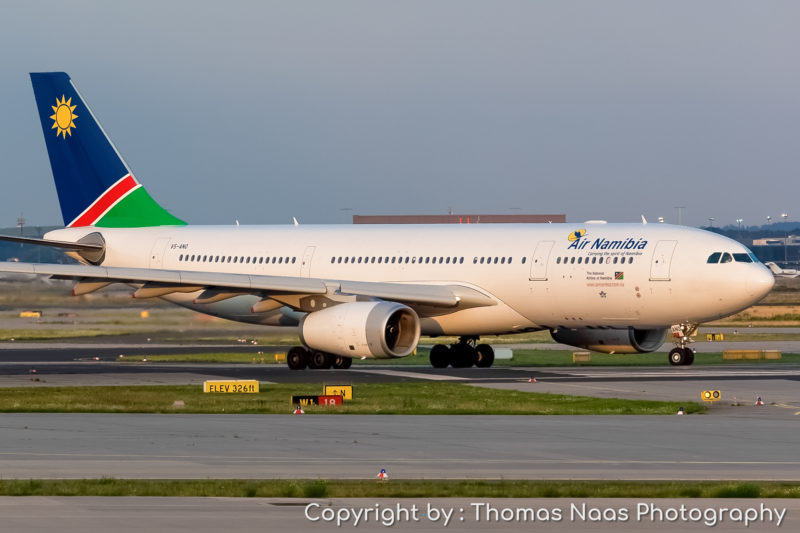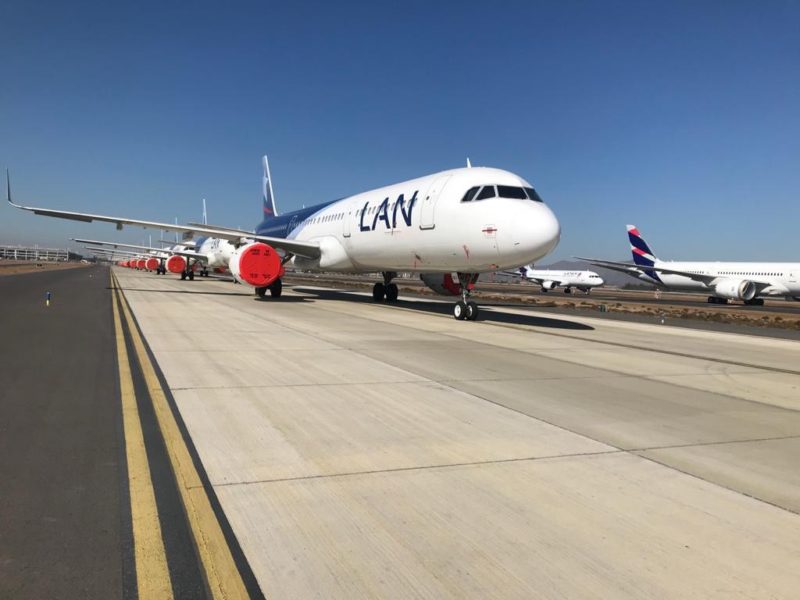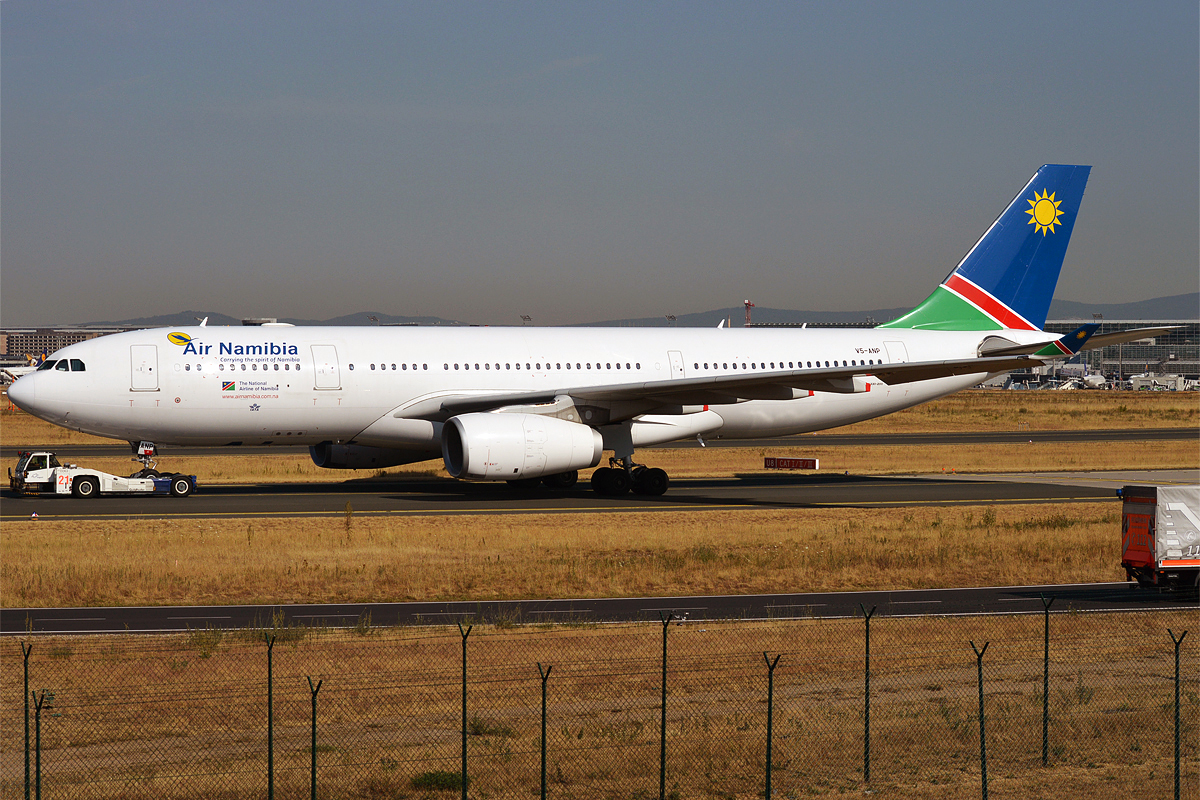During the last few days, there have been two more airlines that have not survived the crises created by the COVID-19 pandemic; Air Namibia and LATAM Argentina have now both ceased to operate.
Air Namibia
Last night, African airline Air Namibia revealed that they have ceased operations, effective today with all flights being canceled and all aircraft returning to Windhoek.
Air Namibia also explained that the reservation system for making new bookings is now suspended and the affected passengers should register their claims for a refund.

According to Aerotelegraph, the airline was put into liquidation by their government, its sole shareholder. “Air Namibia’s assets must be protected” said Leon Jooste, Minister for State Enterprises. In the last few years, Air Namibia was only able to survive due to funding from the state treasury. The government has spent 465 million euros in the past ten years, keeping the national airline afloat with repeated cash injections.
Air Namibia has over 600 employees that will now be laid off with no prospect of new jobs. The airline also announced that it would pay all employees a severance payment of twelve-monthly salary.
The African airline currently has a fleet of two Airbus A330-200s, four A319-100s and four Embraer ERJ 135s.
LATAM Argentina
LATAM Argentina has officially ceased operations after 15 years of flying. The South American airline is the first subsidiary of the LATAM Group that will finally cease flight operations, after all negotiations about a possible continuation have been unsuccessful.
In June last year, LATAM Argentina ceased operations for an indefinite period; waiting for things to improve in the aviation industry.
The airline mainly served short and medium-haul routes in Argentina and four international routes to Miami, São Paulo, Santiago and Lima; their current fleet consists of 16 Airbus A320s and 5 Boeing 767s.
“The impact generated by the pandemic on the Argentinian branch, and the inability to create multiple agreements necessary to deal with the current situation, led to an extremely complex scenario, where it was not possible to create a viable and sustainable project.”
The carrier was the second most important airline in Argentina, behind the flag carrier airline Aerolineas Argentinas and followed by low cost carrier FlyBondi and JetSmart.

Cover Photo by Anna Zvereva


